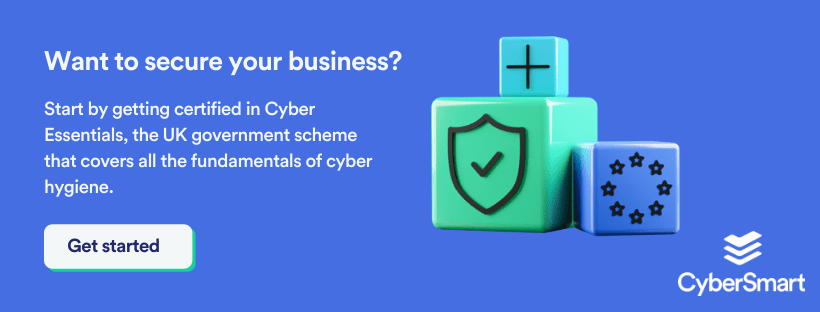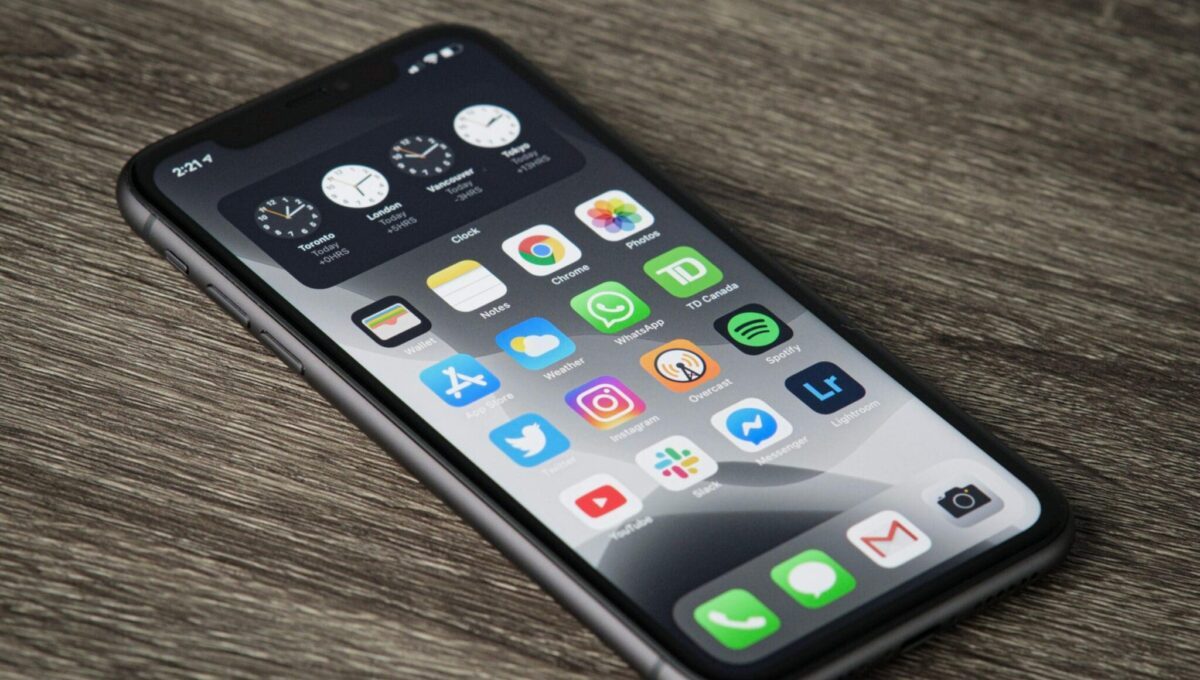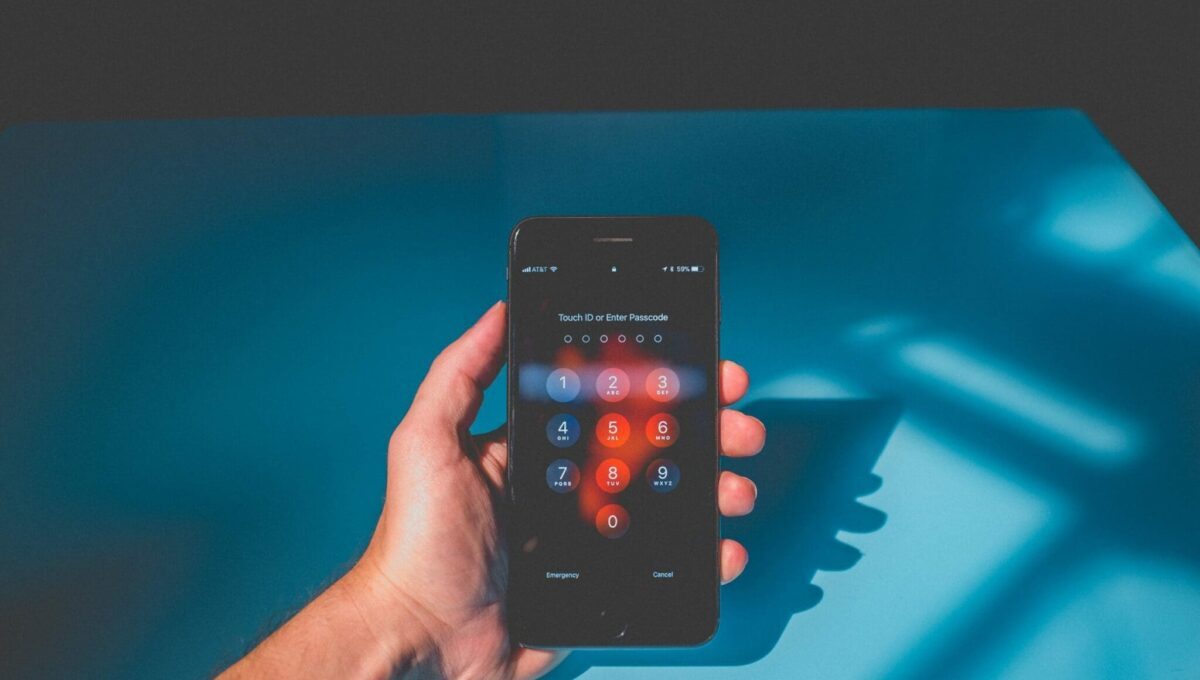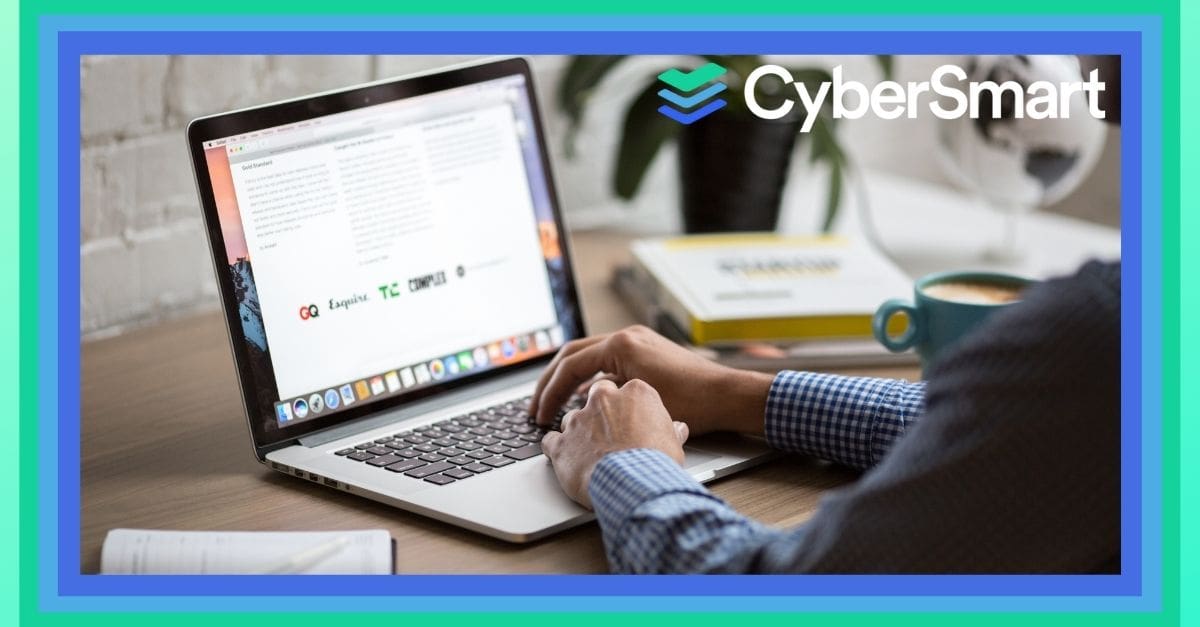Do you run a small charity or legal aid firm? If so, you could be eligible for funded Cyber Essentials certification to help you put basic cybersecurity measures in place. Here’s everything you need to know.
What is the funded Cyber Essentials scheme?
Small charities and legal aid firms protect and serve some of the most vulnerable in our society. However, unfortunately, they’re also a key target for cybercriminals. The NCSC’s Cyber Breaches Survey 2022 revealed that 30% of UK charities identified a breach in the last 12 months.
The reason for this is simple. Charities and legal aid firms process large volumes of highly sensitive data but often have relatively weak defences – making them an ideal target for cybercriminals.
To counter this, the National Cyber Security Centre and IASME have launched the new Funded Cyber Essentials Programme. This offers small organisations in high-risk sectors free, practical support to help put basic cybersecurity controls in place and achieve Cyber Essentials certification.
How does the scheme work?
Qualifying organisations will receive up to 20 hours of remote support with a Cyber Essentials Assessor – all at no cost. Our assessors will spend this time helping you identify and implement the improvements needed to meet the 5 technical controls of Cyber Essentials. We’ll follow this up with an assessment to ensure everything is in place.
With our guidance, you’ll be ready to take the Cyber Essentials and Cyber Essentials Plus certifications. If it’s not possible for you to complete Cyber Essentials Plus after 20 hours of support, we’ll give you clear directions on how to become assessment ready.
Is the certification free?
Yes. IASME has agreed to fund both Cyber Essentials and Cyber Essentials Plus certification for successful applicants to the scheme.
Who is eligible for the scheme?
To qualify for this scheme, your organisation must be:
- A micro or small business (1 to 49 employees) that offers legal aid services
- A micro or small charity (1 to 49 employees) that processes personal data
No previous cybersecurity experience or certification is required. Even if you’re completely new to cybersecurity, we’ll guide you through the process.
How long is the scheme running for?
The scheme runs until the end of March 2023. However, it’s worth noting that IASME is offering a limited number of funded packages. So it’s worth getting your application in as soon as possible.
What is Cyber Essentials?
The Cyber Essentials scheme is a UK-government-backed cybersecurity certification that outlines the security procedures a company should have in place to secure its data. Cyber Essentials is highly recommended for SMEs because this certification protects you against 98.5% of the most common cyber threats.
Cyber Essentials Plus includes all of the same technical controls but with one major difference. Whereas Cyber Essentials is a self-assessed certification, Cyber Essentials Plus includes a technical audit of your systems. This next step gives you
complete peace of mind your cybersecurity is up to scratch. And, your clients and partners don’t have to take your word for it that you’re cyber secure – they can rely on the expertise of a professional.
Can I apply to the scheme through CyberSmart?
Yes. As the UK’s leading provider of cybersecurity certifications, we’re proud to be taking part in this scheme.
To apply for the scheme, head to IASME’s Funded Cyber Essentials page and fill in the form at the bottom of the page. If you’re successful in your application, IASME will pass you over to us (or another certification body) to complete the certification process.
Alternatively, if you’re one of our partners or MSPs and want to refer a customer for the scheme, get in touch. We can apply on your client's behalf and ensure the support and certification is carried out by CyberSmart.
Want to know more about cybersecurity certifications? Check out our in-depth guide to cybersecurity certifications in the UK.
















